Britain has a rich tapestry of holidays and celebrations, from grand public events to strange local customs. But not all of these have stood the test of time. In fact, some once-popular holidays have completely slipped from modern calendars. Many of these forgotten traditions reflect the unique social, religious, or agricultural roots of Britain’s past. While some faded due to changing societal norms, others simply disappeared without explanation. Here’s a journey through 15 forgotten British holidays—some of them strange, others surprisingly relatable, and all of them lost to time.
1. Plough Monday
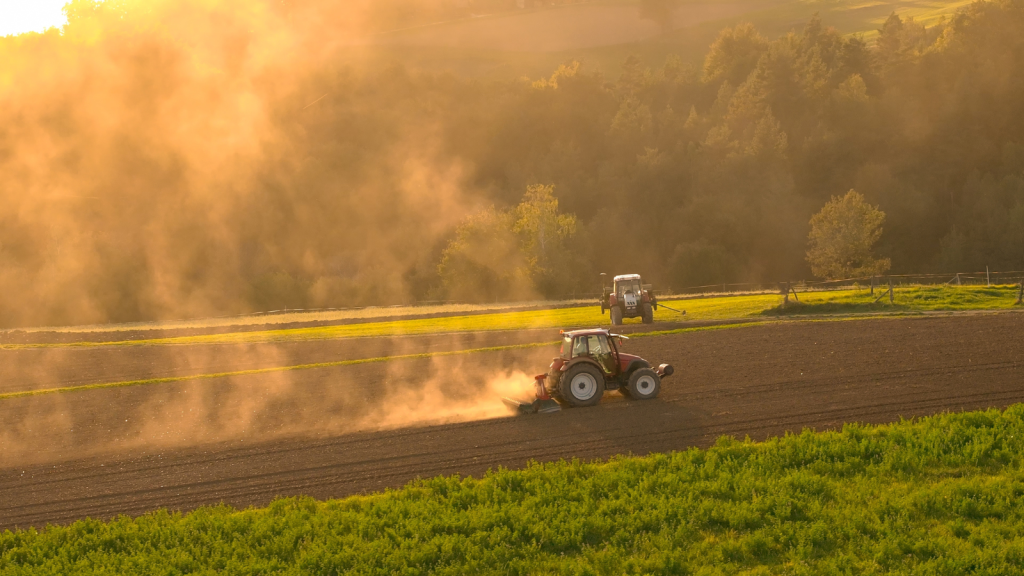
Plough Monday was the first Monday after the Twelfth Night (Epiphany), marking the return to agricultural work after Christmas celebrations. Villagers would drag a decorated plough around their community, often stopping at homes for food, drink, and donations. While it once heralded the start of the farming year, its celebratory nature faded in the 19th century as the agricultural workforce diminished.
2. Oak Apple Day
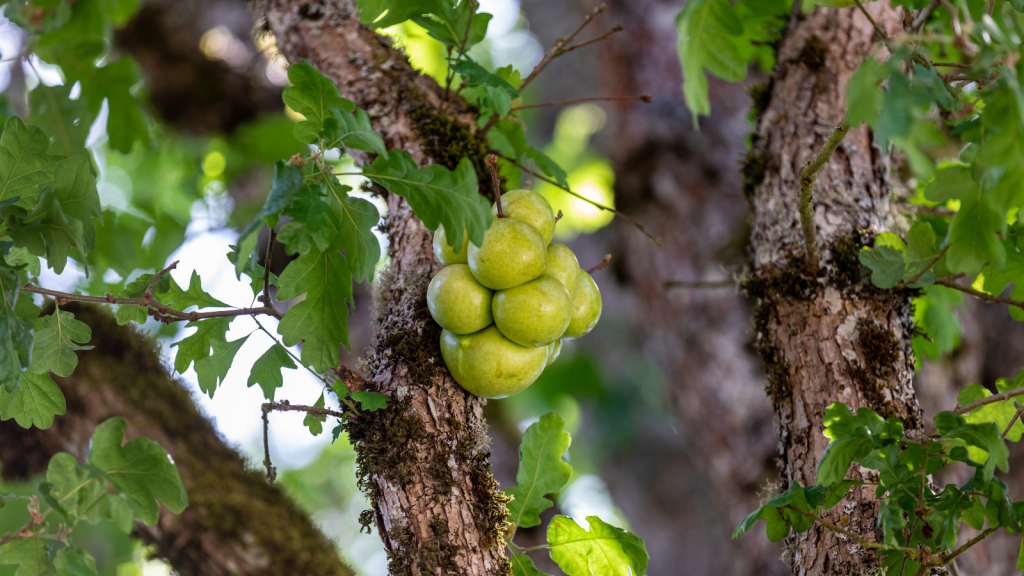
This holiday commemorated the restoration of the monarchy in 1660 after the English Civil War, celebrating Charles II’s escape from Cromwell’s troops by hiding in an oak tree. Observed on 29 May, people wore oak leaves in remembrance. However, over time, it lost its appeal as monarchies became less central to national identity, and it was abolished as a public holiday in 1859.
3. St. Distaff’s Day
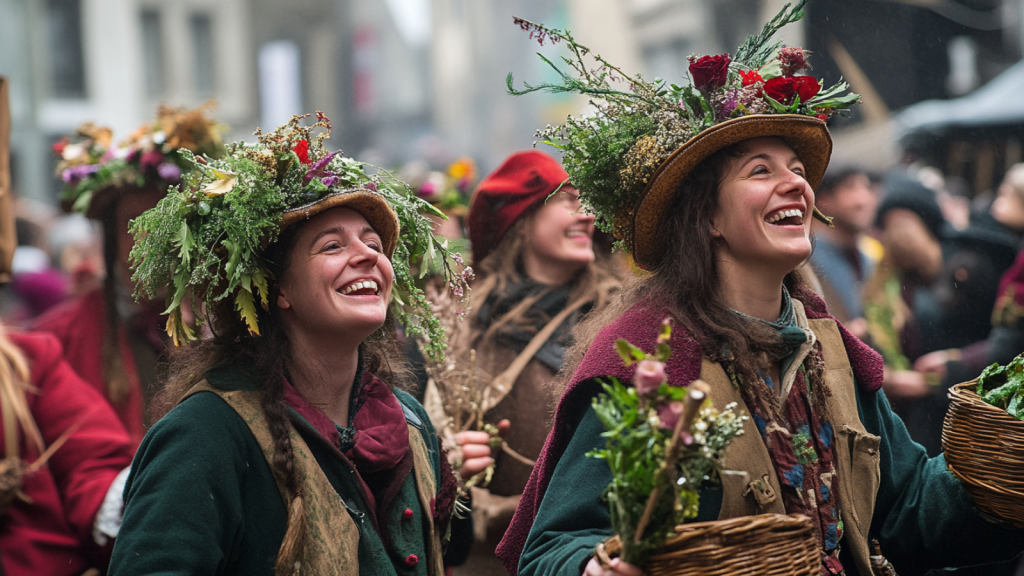
Celebrated on 7 January, St. Distaff’s Day was a light-hearted “holiday” marking the return of women to spinning after Christmas. Named after the distaff, a tool used in spinning, the day involved light pranks between men and women, often resulting in water fights or playful mischief. While it was never a major holiday, it’s fallen completely out of modern recognition.
4. Shick Shack Day
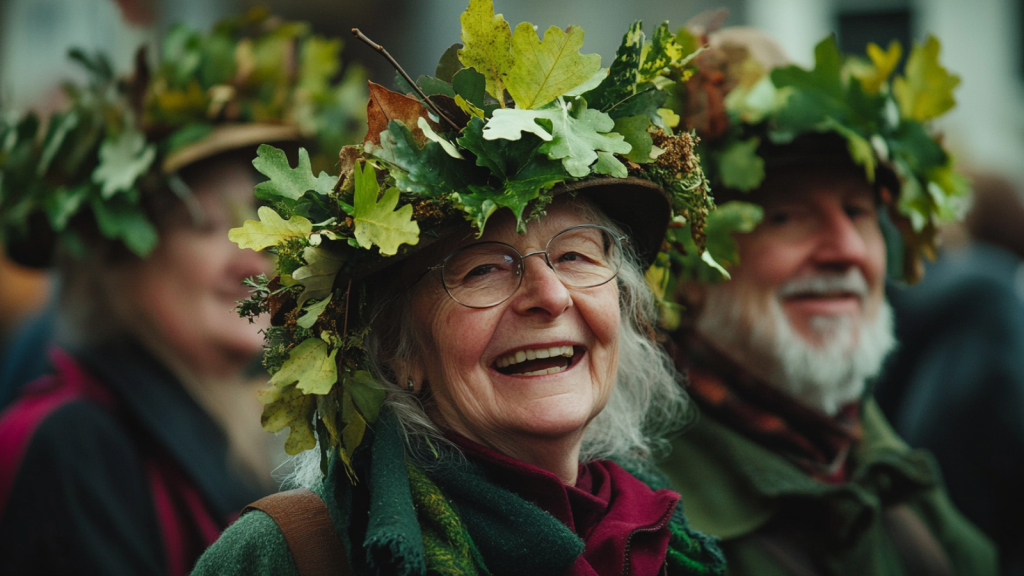
Shick Shack Day was observed on 29 May in Wiltshire and parts of Dorset, coinciding with Oak Apple Day. People would wear oak sprigs to celebrate Charles II’s escape, and those who didn’t participate risked being pelted with stinging nettles. This quirky custom has disappeared almost entirely, though it lingers in the memories of some older communities.
5. Lammas Day
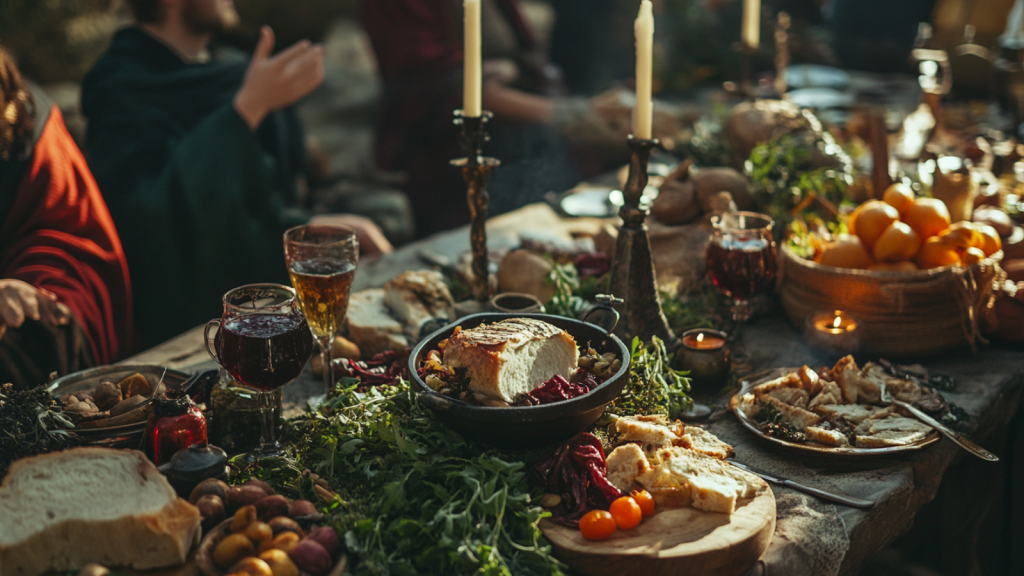
Lammas Day, celebrated on 1 August, was an ancient harvest festival where farmers brought the first loaves of bread made from the new crop of wheat to church. It was both a religious and community event that marked the beginning of the grain harvest. Lammas faded in importance as agricultural practices and religious customs evolved, and now only niche communities observe it.
6. Mothering Sunday
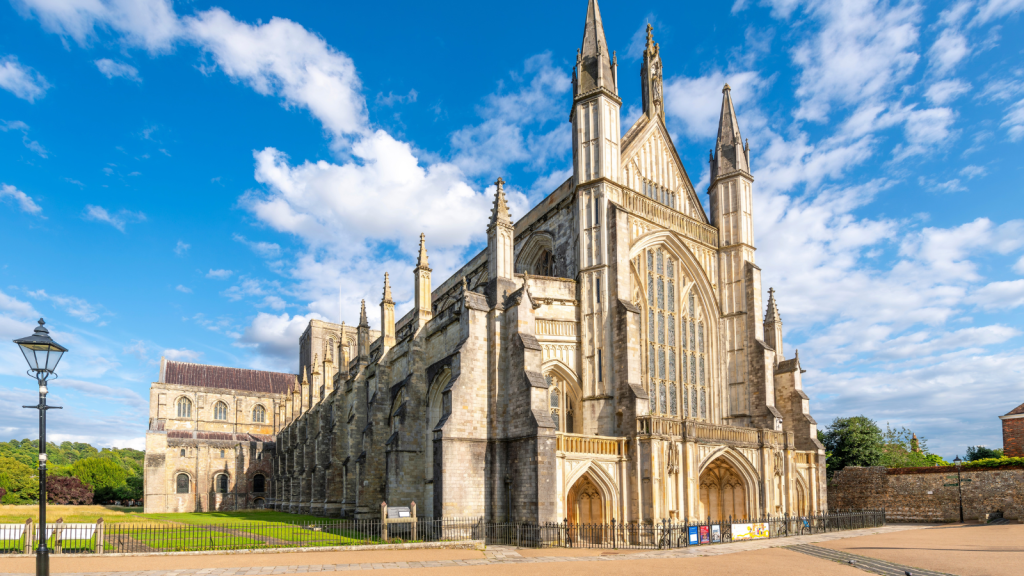
Although we still celebrate Mother’s Day, its original form as Mothering Sunday was quite different. It was traditionally a day for visiting your “mother church” rather than your biological mother. In the past, apprentices and servants were given the day off to visit their hometown church. The modern version we know today is much more focused on family, and the religious connection has mostly been lost.
7. Gŵyl Mabsant
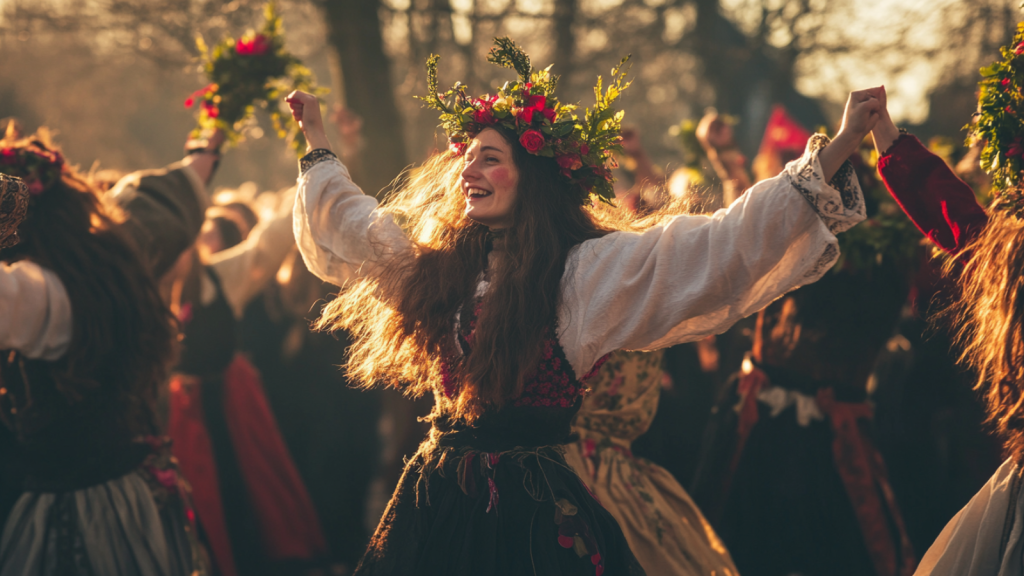
This Welsh holiday, which celebrated local saints (Mabsant), was a lively festival in villages across Wales, filled with feasts, sports, and games. People would gather to celebrate their local saint’s day with a sense of community and fun. Over time, though, the church discouraged many of the associated festivities, and the holiday began to fade out by the 19th century.
8. Mischief Night

Once celebrated in the North of England, Mischief Night took place the day before Guy Fawkes Night, and it involved—unsurprisingly—lots of mischief. Children would play pranks on their neighbours, sometimes causing quite the stir. Though it’s been replaced by Halloween antics, Mischief Night was once a key date for youthful trickery.
9. Pack Monday Fair
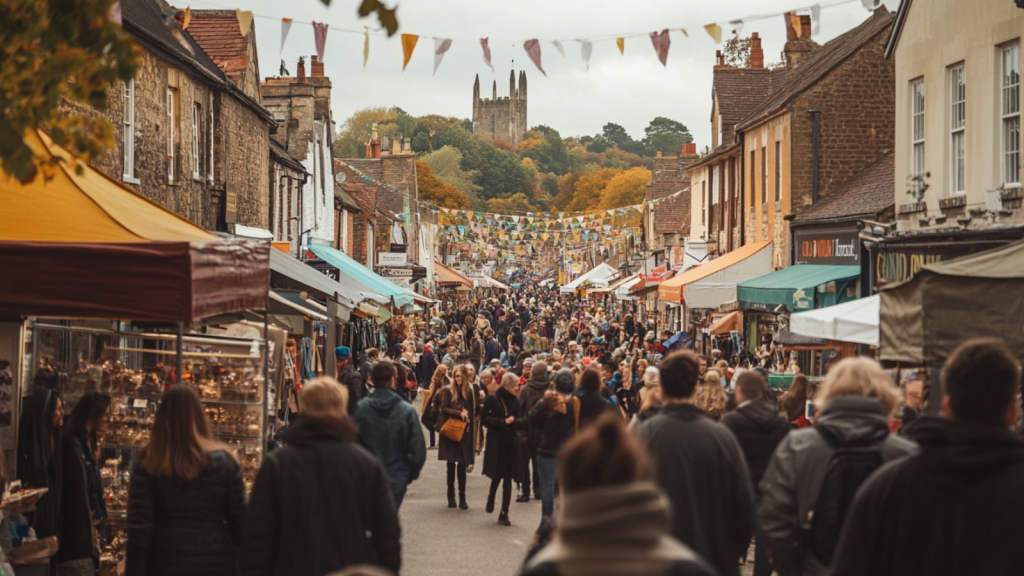
Pack Monday Fair was a centuries-old tradition held in Sherborne, Dorset, on the first Monday after 10 October. This street fair was known for its rowdy atmosphere, with stalls, amusements, and plenty of drinking. It was originally a livestock and hiring fair but became more focused on entertainment. While remnants of the fair still exist, it has lost much of its traditional character.
10. Candlemas
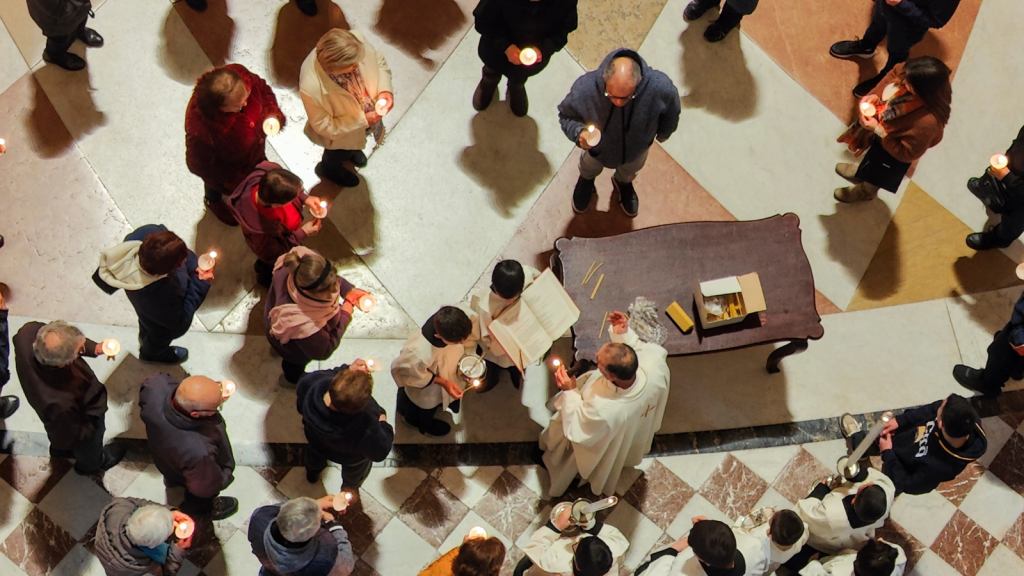
Candlemas, celebrated on 2 February, marked the end of the Christmas season and the purification of the Virgin Mary in Christian tradition. People would bring candles to church to be blessed, symbolising light and purification. Although it was once widely observed in Britain, it’s now only celebrated in a handful of churches.
11. Whitsun (Whitsunday)
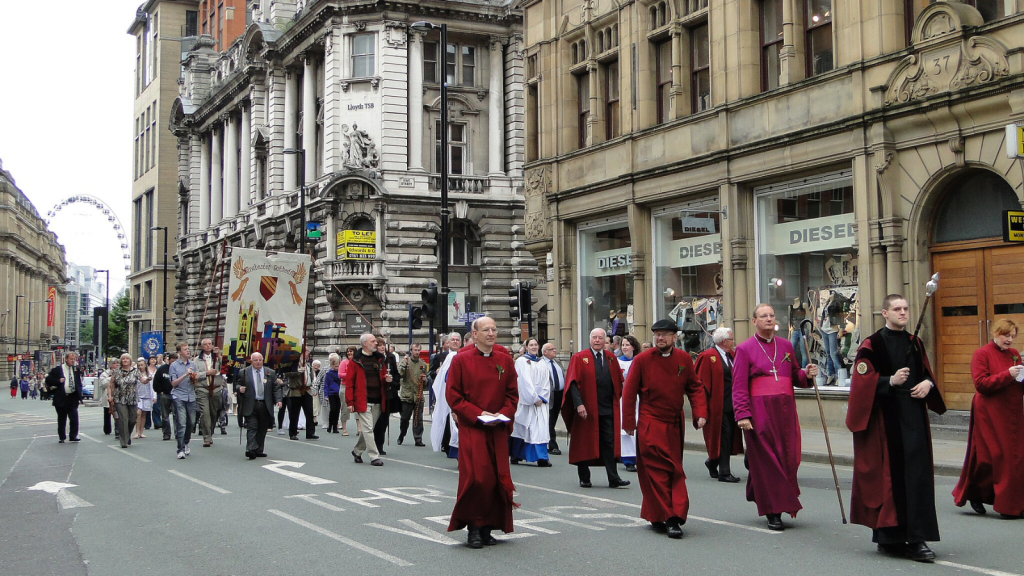
Whitsun, or Pentecost, is a Christian festival that commemorates the descent of the Holy Spirit on the apostles. In Britain, Whitsun was historically celebrated with fairs, processions, and Whitsun Ales—community gatherings involving food and drink. Although it was a major celebration, its importance waned as secular holidays like the Spring Bank Holiday took its place.
12. Midsummer’s Day
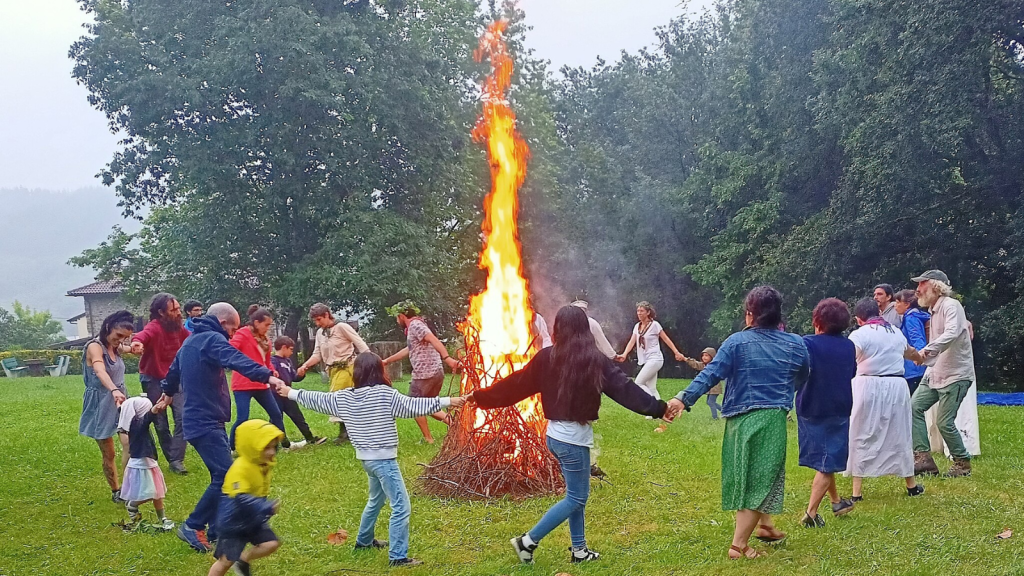
Celebrated around 24 June, Midsummer’s Day was originally linked to the summer solstice and the feast day of St. John the Baptist. It involved bonfires, feasting, and dancing, particularly in rural areas. However, it has been mostly overshadowed by modern summer festivals, with only a few communities maintaining the bonfire tradition.
13. Furry Day
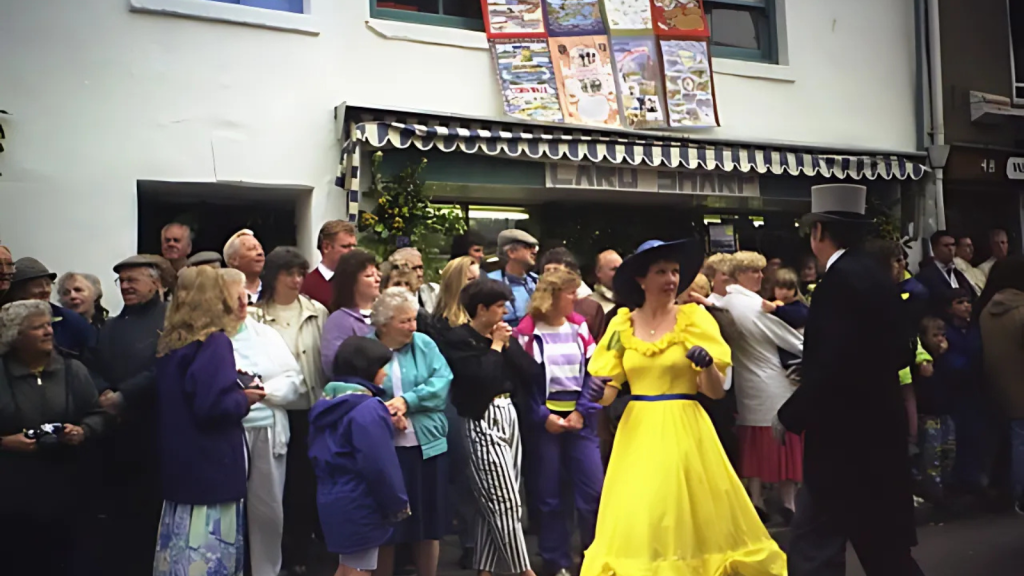
Furry Day (no relation to anything modern) was celebrated in Helston, Cornwall, on 8 May. It featured a day-long dance known as the “Furry Dance,” where townsfolk would dance through the streets and even through houses and shops. While the Helston Furry Dance still takes place, it’s lost much of its old flair and localised significance.
14. Martlemas

Martlemas, celebrated on 11 November, was the feast day of St. Martin of Tours. It marked the end of the farming year and the slaughter of cattle for winter storage. Traditionally, it was a time for feasting on preserved meats, but over time, Martlemas was eclipsed by newer holidays like Guy Fawkes Night and Remembrance Day.
15. St. Clement’s Day
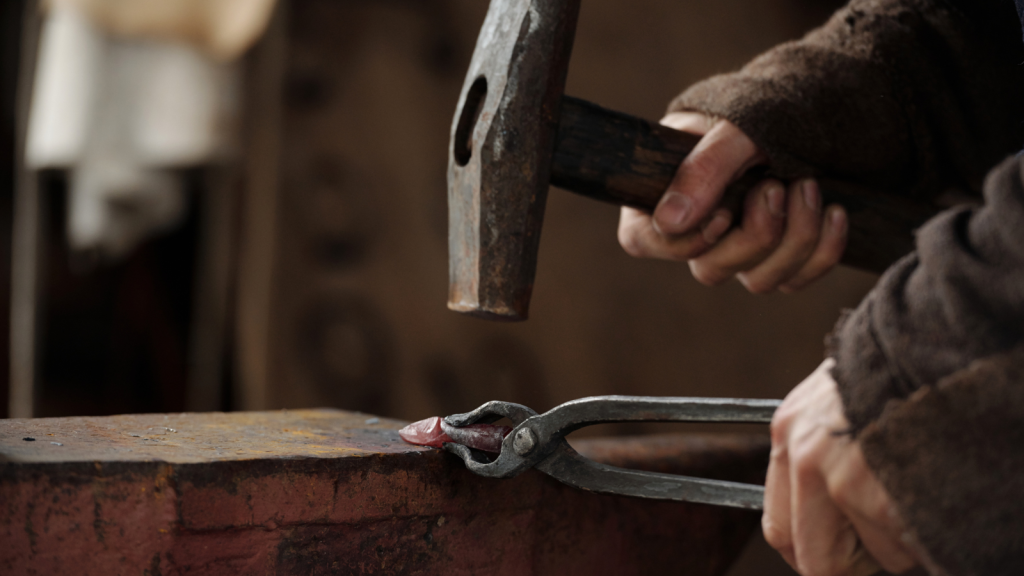
St. Clement’s Day, celebrated on 23 November, was once an important day for blacksmiths and metalworkers, as St. Clement was their patron saint. Children would go “clementing,” knocking on doors for small gifts. It gradually lost its significance in the 19th century, as industrialisation and urbanisation changed the nature of trades.
18 Everyday Things Amish Women Aren’t Allowed to Do

The Amish culture is known for its simple way of life and adherence to traditional values. While this lifestyle may seem appealing to some, there are certain restrictions that Amish women face that most modern women do not. Take a look at these things that we take for granted that are off-limits to Amish women.
Read More: 18 Everyday Things Amish Women Aren’t Allowed to Do
Ellen has been obsessed with logic puzzles, jigsaws, and cryptograms since she was a kid. After learning she was taught how to play chess wrong by a family friend (so they could win), she joined her school chess club and the rest is history.


